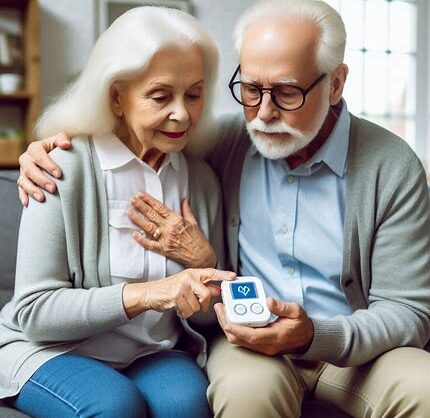Tech is making huge leaps in transforming healthcare, and when it comes to preventing falls, it’s no different. With the advent of innovative solutions, we’re seeing a surge in gadgets and smart systems designed to keep folks safe and sound, especially our seniors.
Wearables like smartwatches and fitness trackers aren’t just for counting steps or reminding you to move after hours on the couch. These handy devices can detect sudden changes in movement that indicate a fall, triggering an alert to emergency contacts. It’s like having a tiny lifeguard on your wrist, minus the whistle.
Home’s getting smarter, too. Motion sensors, smart floors, and clever lighting systems create a safer environment, especially in the dark. Imagine your pathway lighting up softly as you walk to the kitchen for a midnight snack, or floors that detect when you’re not stepping as swiftly as usual.
The power of technology lies not just in preventing falls but doing it more efficiently than ever before. Traditional methods, like rails and walkers, saved many lives but tech takes it to the next level by using proactive monitoring and instant alerts, making prevention a lot more effective.
You don’t have to look far for success stories. From neighborhoods utilizing smart tech across their communities to families who’ve adapted these gadgets into daily life, the results speak volumes. By embracing tech, tangible reductions in fall incidents have been seen, offering peace of mind that old school methods can’t always guarantee.
Enhancing Lives: Real Success Stories from Around the Globe
Real-life stories breathe life into statistics, painting a picture of how technology isn’t just a bunch of devices—it’s a life-changer when it comes to preventing falls.
Take Mary from Wisconsin. In her late 70s, she started wearing a smartwatch. One winter night, she slipped on some ice while fetching the mail. Her smartwatch detected the fall right away and contacted her daughter. Help arrived in no time. Mary says it was like having a guardian angel.
Across the pond in the UK, a senior living community integrated motion sensors and smart lights across their premises. In just one year, the residents reported a 40% decrease in night-time falls. Not only has this made everyone safer, but residents also feel more confident moving about.
This tech isn’t just for individuals; entire communities are reaping the benefits. In Japan, where the population is aging quickly, tech-driven initiatives have reduced fall-related injuries in places where they’ve been implemented. Less strain on healthcare services and a better quality of life is the happy outcome.
The numbers back up these heartwarming stories. Regions actively adopting tech solutions see a marked dip in fall rates. It’s not magic—it’s smart use of technology, pure and simple.
Feedback from users is overwhelmingly positive. Families appreciate the added layer of security, while seniors value their independence that these innovations help maintain.
On the economic side, investing in these smart solutions actually saves money in the long run. Fewer falls mean fewer hospital visits and less strain on healthcare systems. When we talk about the price of safety, this tech’s got a lot of value packed in.
These stories and data all point to one conclusion: Embracing technology for fall prevention is more than just a trend—it’s a brighter, safer future for everyone.
